Fast Free Shipping Over $50
Free Shipping Over $50 Order
Fast Free Shipping Over $50
Free Shipping Over $50 Order
Home » Welcome to Your Ultimate Kratom Guide
For centuries, kratom has been incorporated into the lifestyles of local cultures in Southeast Asia. Now, this incredible plant can be found across the world, enjoyed by enthusiasts in capsules, teas, extracts, and even edibles.
But finding information about kratom can be difficult. That’s why the experts here at The Kratom Company have compiled this guide. No matter whether you’re a beginner or an experienced aficionado, let’s dive into everything you need to know about kratom.
We’ll start our kratom guide with the basics. Kratom, also known as Mitragyna speciosa, is an evergreen tree native to Southeast Asia. Its leaves are harvested and processed into various forms, such as powders and extracts. These leaves contain a spectrum of alkaloids that are responsible for its unique properties.
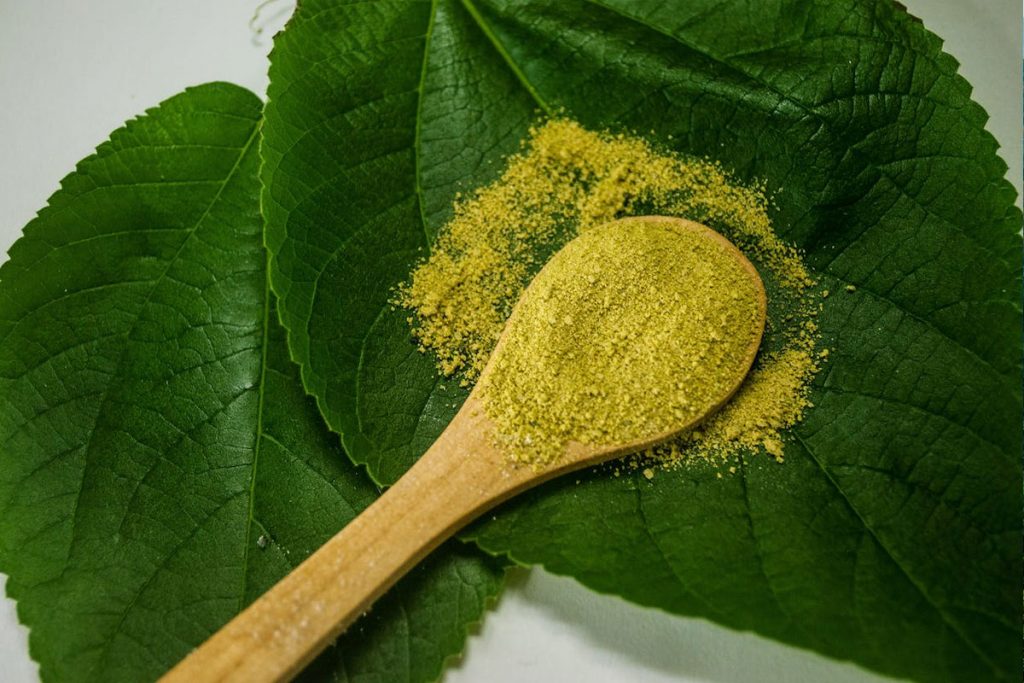

The use of kratom stretches back long before recorded history. It was originally used by cultures indigenous to Southeast Asia for medicinal, recreational, religious, and productivity uses—a catch-all herb that complimented their lifestyle and elevated their wellness. Fresh leaves were chewed, while dried leaves were crushed or pulverized for brewing tea and smoking.
While kratom guided their cultures, Europeans wouldn’t experience this incredible plant until the 19th century. The earliest record of kratom written by Europeans was in 1839, where it was described and named Stephegyne speciosa by Dutch botanist Pieter Korthals. It didn’t receive its modern name Mitragyna speciosa until 1859, thanks to British naturalist George Darby Haviland.
Alkaloids are a class of organic compounds that contain nitrogen. There are two primary active alkaloids that no kratom guide would be complete without mentioning:
This alkaloid has one of the highest concentrations of alkaloids in kratom leaves. It’s a moderate μ-opioid agonist, which means that it binds with μ-opioid receptors in the body.
7-hydroxymitragynine (7-HMG) is a metabolite of mitragynine, which means it’s produced when mitragynine is processed. This is a more potent μ-opioid agonist than mitragynine.
However, research suggests that the several dozen other alkaloids in kratom behave synergistically with these two. There are also additional metabolites produced while the body processes kratom, such as mitragynine pseudoindoxyl. This metabolite of 7-HMG is an even stronger and more effective μ-opioid agonist than either mitragynine or 7-HMG.
Different strains of kratom include different concentrations of these powerful alkaloids, which is what our kratom guide will cover next.
The first thing many people learn about kratom is that they are often categorized into strains. There are two aspects of kratom that create a strain: vein color and region.
The biggest effect on the alkaloid profile (and thus the experience) of kratom is the point in the source tree’s life cycle in which a leaf is harvested. There are three naturally occurring vein colors: white, green, and red. Users report each one producing unique experiences, and we wanted to share them in our kratom guide.
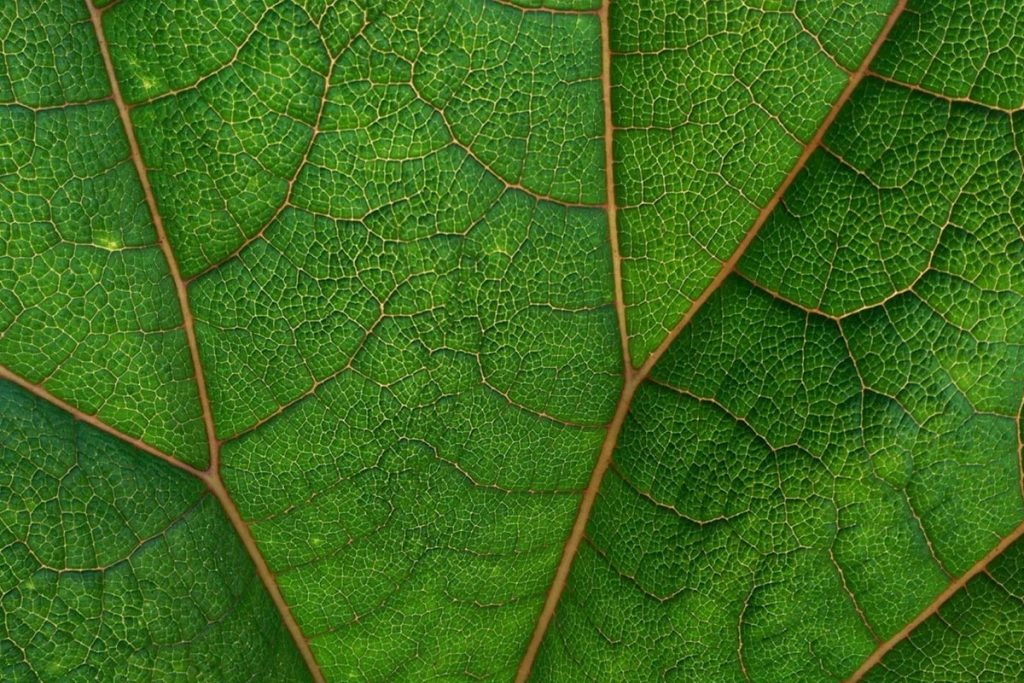
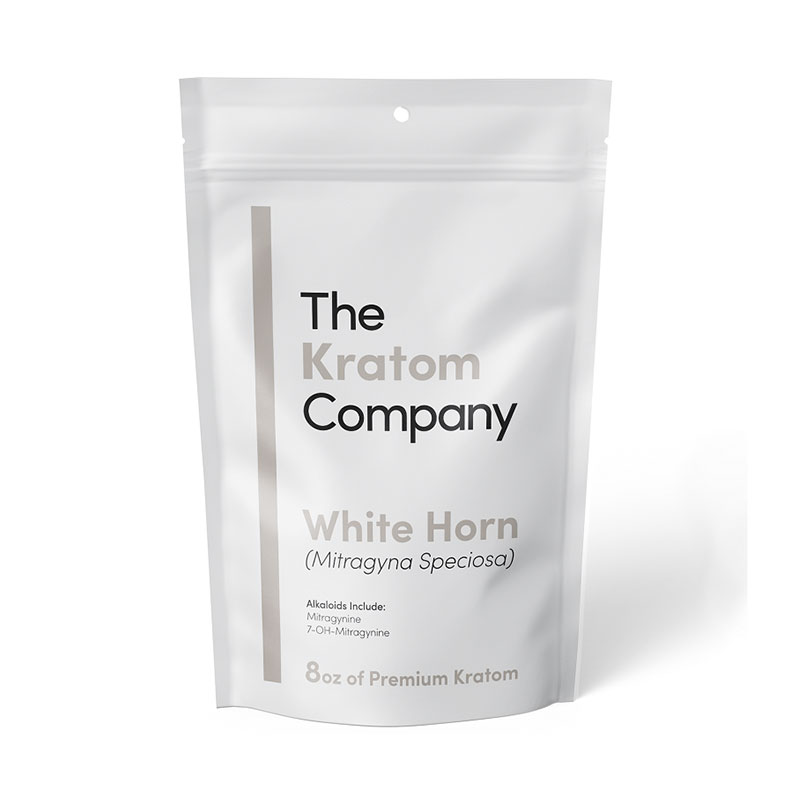
White vein kratom is harvested when the tree is very young. It’s associated with energy, focus, and mood enhancement, perfect for people who need to wake up with vigor or need a pick-me-up to get a project done.
Due to its youth, white vein kratom has the lowest mitragynine and 7-HMG content, with notable levels of paynantheine, speciogynine, and speciociliatine.
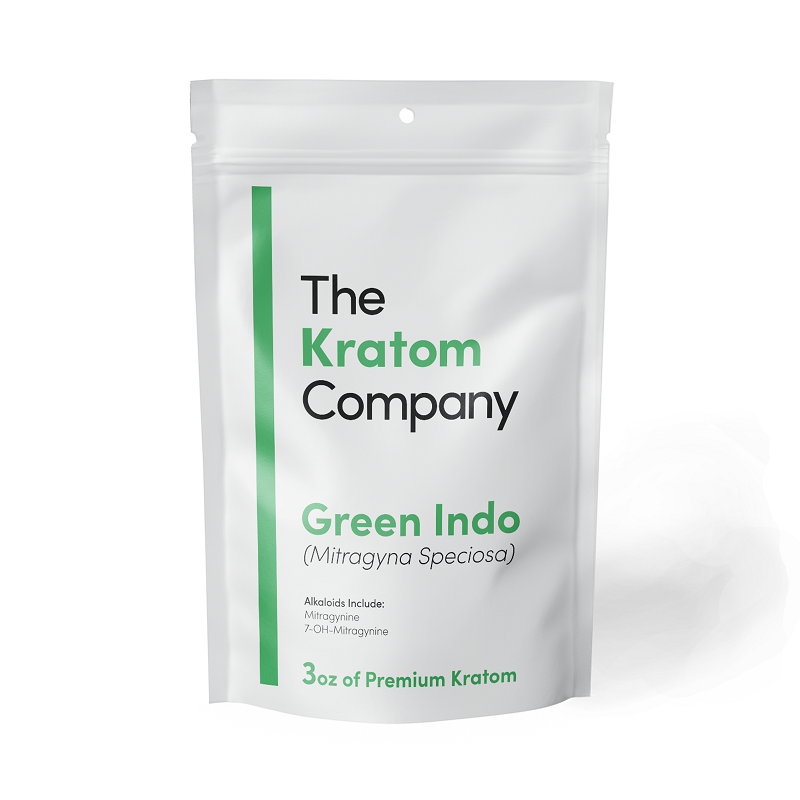
Gathered in the middle of the tree’s life cycle, green vein kratom is a full-spectrum experience that balances the reported traits of white and red vein strains. This is the best strain for beginners, as it gives you a taste of every aspect of the kratom experience. When you identify what parts of the experience you like most, you’ll know whether red or white vein kratom is the next strain to try.
This has mitragynine content between that of white and red vein leaves, with increased levels of paynantheine, speciogynine, and speciociliatine.
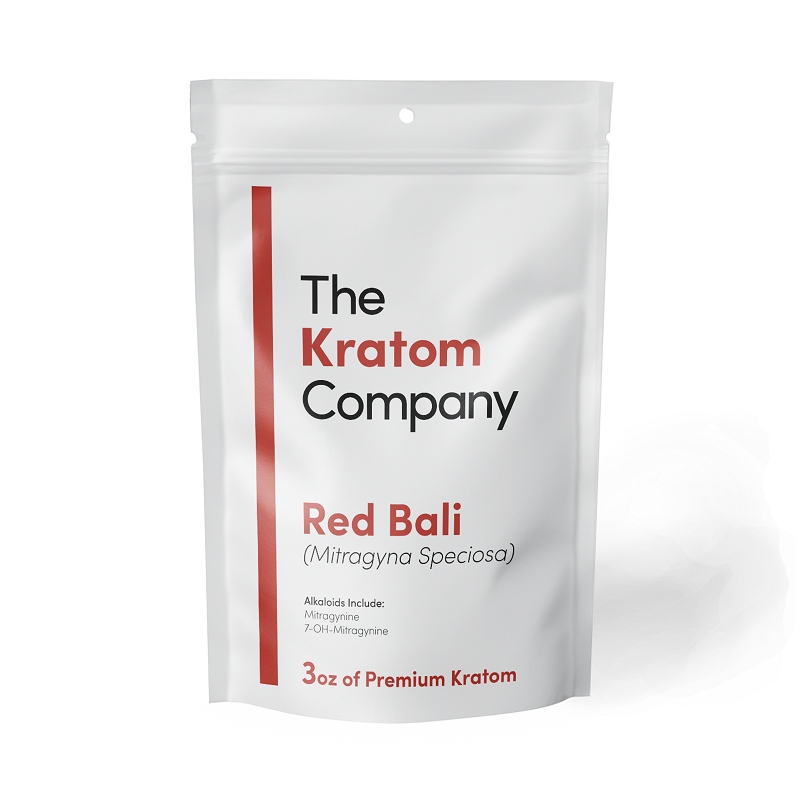
Mature trees yield red vein kratom. These leaves are particularly unique. In small doses, they have energizing properties similar to white vein kratom. However, in higher doses, it’s associated with a calming, relaxing experience. This vein color is best for winding down after a long day, easing you into a restful evening that leaves you refreshed.
These leaves have the highest mitragynine concentrations of the three vein colors, with noticeably high levels of speciogynine, speciociliatine, and 7-hydroxymitragynine.
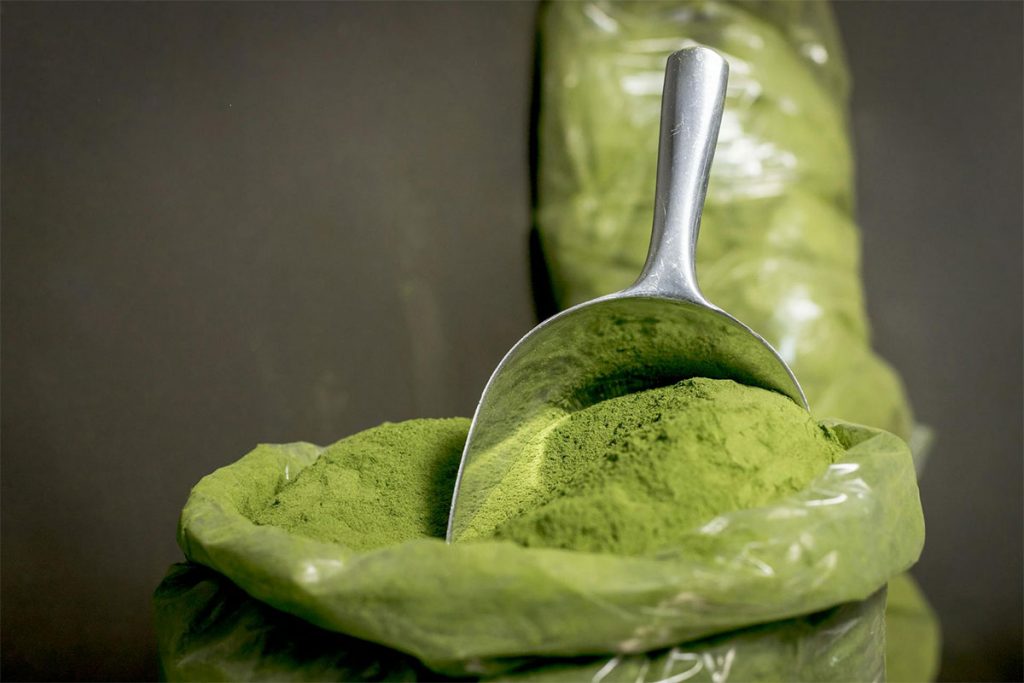
Most kratom guides stop at just mentioning the natural vein colors. However, you may notice that there are many products featuring vein colors that aren’t the aforementioned three, such as yellow vein kratom. These blend the powders from leaves of multiple vein colors to create an experience that combines the best of each leaf.
When learning about kratom, you’ll also notice that strain names incorporate their country of origin. While this kratom guide won’t go too in-depth into every factor, each region comes with a variety of factors that influence the alkaloid profiles of local M. speciosa trees, such as pH levels of the soil, climate, rainfall, and so on. For example, the more acidic the soil is, the higher the alkaloid content will be.

Since 2018, The Kratom Company has been your source for not only comprehensive kratom guides, but also for our fellow kratom connoisseurs to buy kratom online. Shop a wide range of premium kratom powders for sale from a variety of strains, or try one of our kratom extracts if you’re looking for something with a bit more of a kick. Whatever you need, The Kratom Company has you covered, with all products shipping fast and free within one business day.
Want to learn more about kratom? Contact us today—we’re always happy to help. Find your strain today at The Kratom Company!
Sign up for our newsletter!

These statements and products presented on this website have not been evaluated by the Food and Drug Administration FDA. The products mentioned on this website are not intended to diagnose, prevent, treat or cure any diseases or health conditions. Therefore any information on this website is presented solely as the opinions of their respective authors who do not claim in any way shape or form to be medical professionals providing medical advice. The KRTM Company and its owners or employees cannot be held responsible for, and will not be liable for the inaccuracy or application of any information whatsoever herein provided. By purchasing our products you agree that you are aware and in compliance with your local county, state, or federal regulations. Must be 21 years or older to purchase Kratom. The US FDA has not approved kratom as a dietary supplement. We do not ship to the following states, cities and counties in the US where Kratom is banned: Alabama, Arkansas, Indiana, Rhode Island, Vermont, Wisconsin, Sarasota County, FL, Union County, MS, Denver, CO, San Diego, CA, and Jerseyville, IL.